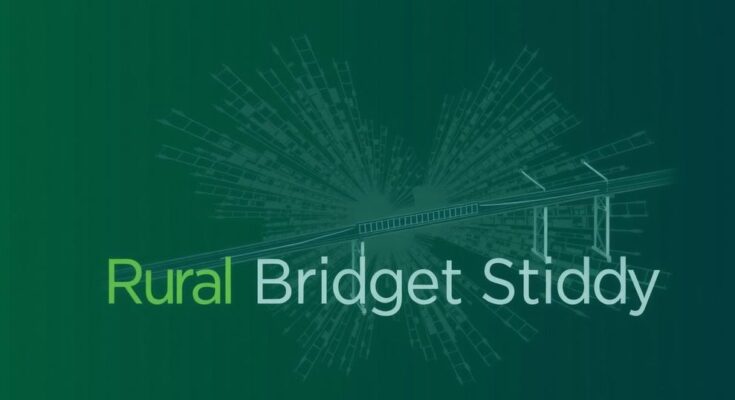Illinois farmers, led by the ISA, are urging for urgent investments in bridge maintenance, as a recent study shows that every dollar spent yields substantial economic benefits. With a forecasted soybean harvest of 720 million bushels for 2024, infrastructure investments could create thousands of jobs and billions in economic value, essential for maintaining the state’s agricultural productivity.
In the heart of the American Midwest, where golden soybean fields stretch as far as the eye can see, Illinois stands proud as the nation’s top soy producer. Yet, as farmers await what the USDA predicts to be a record harvest of 720 million bushels in 2024, the road to market is fraught with challenges, especially concerning the infrastructure that connects them. Understanding the gravity of this situation, the Illinois Soybean Association (ISA) has undertaken a vital study investigating the economic implications of maintaining the state’s bridge network. Chair of the ISA Market Development Committee, Brady Holst, emphasized the critical role of well-maintained bridges, stating, “Roads and bridges are the first point of connection between soybean farmers and the market.” As agricultural productivity is projected to increase by an astonishing 15-30% in the next two decades, this infrastructure’s efficiency and reliability will become paramount. The ISA’s comprehensive examination focused on bridge maintenance across all of Illinois, excluding urban areas like Chicago and major interstate routes. The analysis particularly zeroed in on 13 counties, pivotal in soybean production, where a significant takeaway emerged: each dollar invested in bridge upkeep yields an impressive $4.97 in returns for all users statewide, and $3.00 for those in top agricultural regions. Such investment promises not only to bolster employment but also to enrich local economies, potentially creating around 52,640 jobs and contributing $5.63 billion in added economic value over the upcoming 30 years. In the specific context of the leading agricultural counties, nearly 5,979 jobs and $639.8 million in value could be at stake. “Investing in bridges isn’t just a good deal for Illinois farmers, it’s a win for all Illinois citizens,” Holst further remarked, highlighting the far-reaching benefits that bridge maintenance would bring. However, the study’s findings revealed an alarming reality: a staggering 65% of Illinois’ bridges are currently deemed in fair or poor condition, presenting a looming threat to the agricultural sector. As local authorities oversee 72% of these bridges, the challenge of funding their repair or replacement is daunting. Holst warned, “If these deteriorating bridges are not repaired or replaced, they will be given weight restrictions or be closed,” signaling a potential surge in transportation costs and delays that could jeopardize farmers’ productivity and the broader economy. The pressing need for action is clear, and the ISA study lays bare the essential role these structures play in Illinois’ economic landscape. For a detailed exploration of these findings, the full report can be accessed at ilsoy.org/market-development-study.
Infrastructure, particularly bridges, serves as the lifeblood of agricultural transport, connecting farmers to markets and processing centers. With agricultural productivity expected to rise sharply, ensuring the reliability of this infrastructure is essential. The ISA study seeks to uncover the economic ramifications of bridge maintenance, particularly in agricultural hubs, to emphasize the importance of sustained investment in infrastructure to support Illinois’ farmers and the state’s economy at large.
The Illinois Soybean Association’s study is a clarion call for action regarding the maintenance of rural bridges. With significant economic returns on every dollar invested, the necessity to address the disrepair of many bridges is critical not only for farmers but for the entire Illinois economy. The potential for job creation and increased economic value highlights why investing in infrastructure should become a priority. If left unchecked, the deteriorating state of Illinois bridges poses a severe risk to agricultural productivity and, by extension, the health of the state’s economy.
Original Source: www.morningagclips.com



